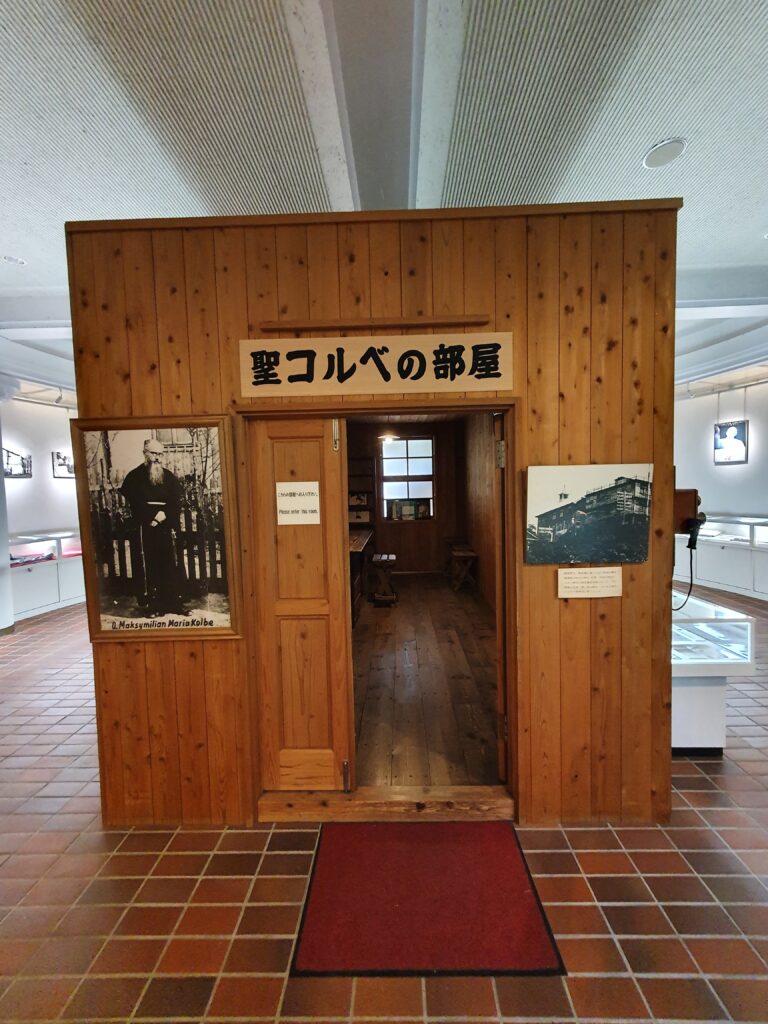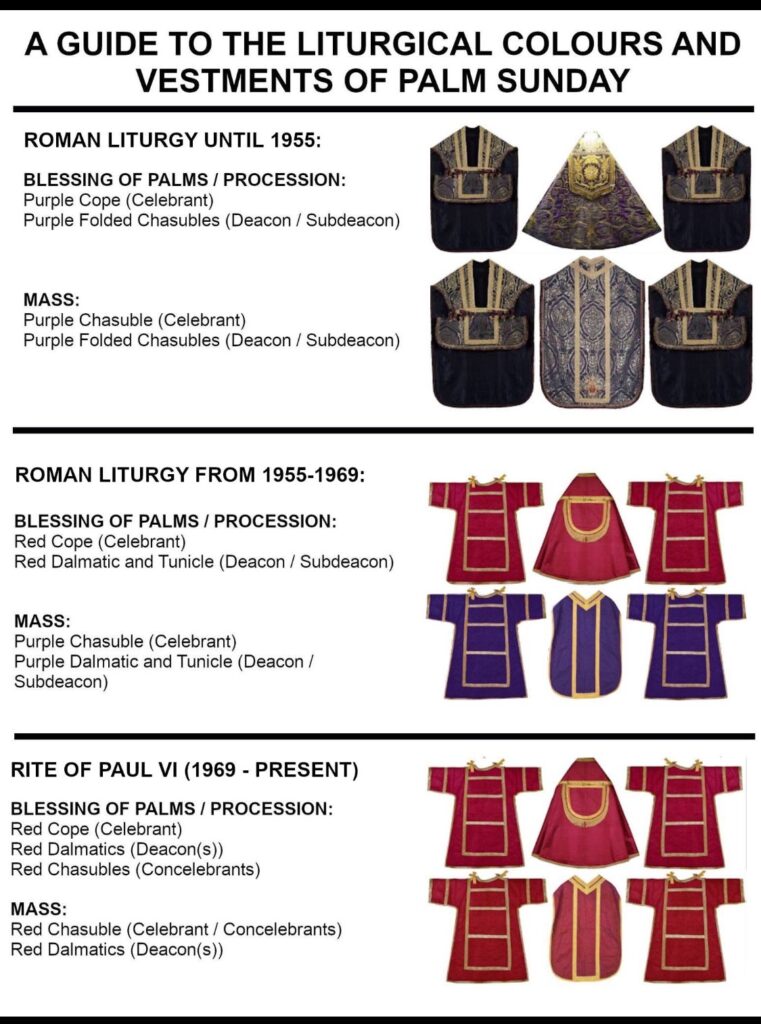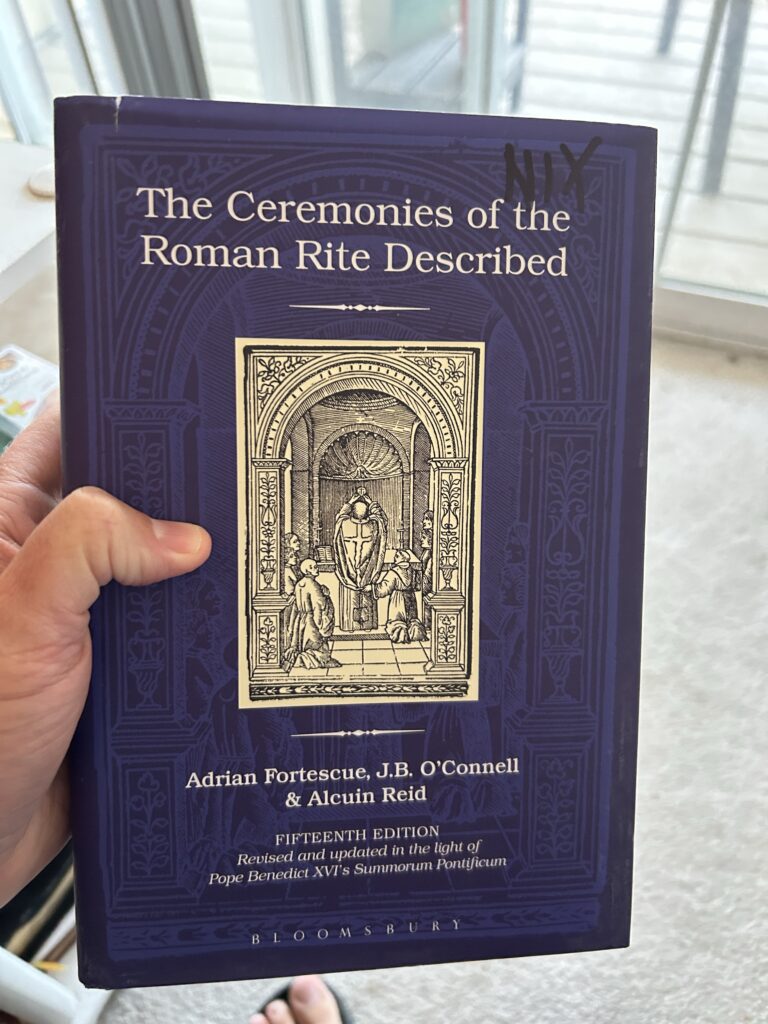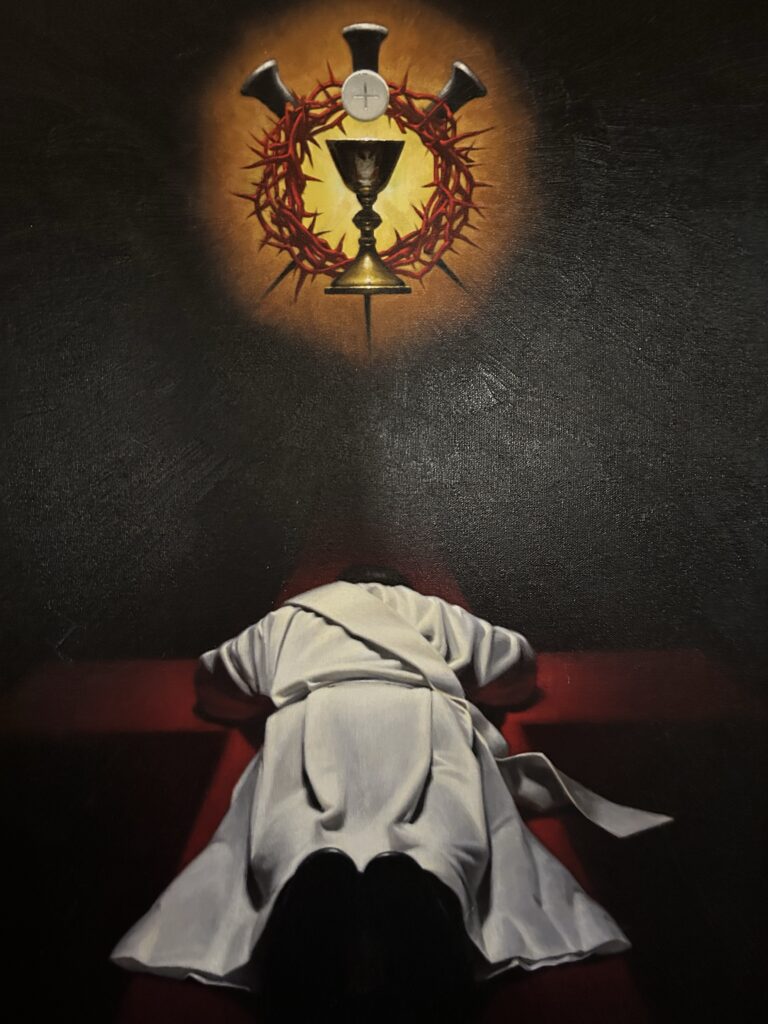Today is Holy Thursday, 2025. Today, Jesus Christ established both the Holy Priesthood and the Holy Eucharist in the Upper Room with the Apostles all present. Unfortunately, most modernists today think of the priesthood as a means to an end, namely, getting the Eucharist as fast as possible. But the first Mass had nowhere stated on some neon sign in front of the Cenacle “All welcome at this place.” The fact is that most of Christ’s most faithful disciples were not even invited to that first Holy Mass. And not even all the Apostles at the Last Supper were saved.
Most people today do not understand the sacrifice with which Christ established the Eucharist (it cost His life) nor the sacrifice of the Priesthood—how many priests have given their lives in 2,000 years to bring us not only the sacraments, but the true, one, unadulterated Catholic Faith. None of this was “in the bag.” It cost Christ and the Apostles their lives.
I have written before on the Three Munera (duties) of the Priesthood: Christ as Priest is the Sanctifier through the Sacraments. Christ as Prophet is the Teacher of the Nations through His bishops and priests. Christ as King is Governor which He shares with His clergy on earth, for we believe in the Social Reign of Christ the King as traditional Catholics.
Today, I am going to use the definitive dogmatic writings of Ludwig Ott in Fundamentals of Catholic Dogma (p. 456-457) to explain the Three major Effects of the Sacrament of Holy Orders. I will put his words in black and my commentary in orange below.
The Sacrament of Order Imprints a Character on the Recipient of Holy Orders.
As a signum configurativum [configuring seal] Holy Orders assimilates the ordained man to Christ, the eternal High Priest. As a signum distinctivum [distinctive seal] it distinguishes the consecrated man from the layman. As a signum dispositivum [embedded seal] it enables and entitles him to exercise the hierarchical powers of the Order. As a signum obligativum [obliging seal] it obliges him to dispense the saving treasures of Christ and to lead a morally pure life.
Ludwig Ott also writes in that section: “St. Jerome states that there was no difference between bishops and presbyters originally. To avoid disputes, one of the presbyters was elected to be the head of the others and of the community.” Notice that Ott does not write, “A bishop is made to be an invincible king-baby juggernaut of a diocese in cahoots with the secular government with power to make arbitrary decisions against other priests who keep the faith.” Rather, we can extrapolate from the original text above from Ott that every priest and every bishop is merely made to participate in the One Priesthood of Jesus Christ, the only “eternal High Priest.”
Christ is the only High Priest, and I simply have some participation in His priesthood. Obviously, this is not only via the sacraments, but also by an ontological configuration to Christ. This has affected every part of my soul and even body. We know this even about the body because I can pronounce first-person words like “This is my body” or “I absolve you” spoken from my own mouth. This is why we priests must live at a most-supreme level of purity in our own bodies, not just our emotions.
One magnificent (and recent) example of this is St. Maximilian Kolbe. Not only was St. Maximilian persecuted by the Nazis, but he would have certainly been suspended by modernist bishops for saying things like this: “There is no greater enemy of the Immaculata and her Knighthood than today’s ecumenism, which every Knight must not only fight against, but also neutralize through diametrically opposed action and ultimately destroy.”

St. Maximilian Shrine in Japan
The Sacrament of Order confers sanctifying grace on the recipient.
As a Sacrament of the Living, the Sacrament of Orders effects per se an increase in sanctifying grace. The grace of Order has the purpose of and is specially adapted to enabling the recipient worthily to perform the functions of his order, and to lead a worthy life… Pius XI teaches: “By the Sacrament of Order, the priest receives also a new and special grace and a particular help, by means of which he can cope in a worthy fashion and with unfailing courage with the high obligations of the office he has assumed.”
Notice that even before we get to the topic of the sacraments the priest can dispense, we see he is given “an increase in sanctifying grace” so that he can live his challenging life with “unfailing courage.” How is this courage lived in the Far East? As red martyrs.
How is this courage lived in the West (like Europe and America)? As white martyrs within our own dioceses. Here’s what I mean by that: Most modernists believe everyone is saved. Thus, the real Catholic priest today must ignore all these heresies, seeking instead the salvation of every person he meets. This we must do regardless of cost, for each person alive on the planet today was redeemed not by money, but by the pretioso sanguine quasi agni incontaminati et inmaculati Christi.—1 Pt 1:19
Consider how it was St. Maximilian Kolbe who wrote: “Only until all schismatics and Protestants profess the Catholic Creed with conviction, when all Jews voluntarily ask for Holy Baptism – only then will the Immaculata have reached its goals.”
Personally, I can’t think of a single bishop in Europe or America who would let a priest remain in active ministry who said such things today. Modernist bishops have rejected the Catholic faith, if even a 20th century Franciscan like St. Maximilian Kolbe would currently be unwelcome in any Western diocese. Or, more likely, the modernists were never Catholics in the first place. And yes, I know their teaching is entirely supported by Vatican II—which is exactly the central aspect of that “ecumenism” that St. Maximilian Kolbe warned us about.

p/c Liturgical Arts Journal
The Sacrament of Order confers a permanent spiritual power on the recipient.
In the sacramental character are rooted those spiritual powers which are transferred to the ordinand in the individual grades of Order. They are directly pre-eminently to the Holy Eucharist.
The more I study about the Eucharist and how all the saints approached the body, blood, soul and Divinity of Jesus Christ, the more I see they saw the True Presence as flowing from the unbloody actual Sacrifice of the Holy Mass.
Sometime after I started offering the TLM, other trads started telling me about the pre-55 calendar. I rolled my eyes and thought, “Nothing is good enough for these traditionalists.” But I was wrong. Now I see clearly: Because the freemason Bugnini first changed Holy Week (even for the TLM, as seen in the picture above) we must reject everything his filthy mitts touched. This begins with the restored Holy Week. It is the only Holy Week and liturgy that St. Maximilian Kolbe would have known on any continent in which he preached the Gospel.
Even Archbishop Lefebvre who accepted the 1962 Missal for his daily TLM and for his priestly congregation couldn’t bring himself to extricate certain parts of the pre-55 Holy Week, like the Palm Sunday door-knocking.

My daily Mass is the whispered low TLM (Traditional Latin Mass, seen in the very top picture) with no deacon or choir. Because of this, I barely know the parts of the Solemn High Mass (priest, deacon and sub-deacon.) However this year, I hope to change that. I am going to start studying all the parts of the Solemn High Mass just a little bit every day.
Keep in mind that the norm for the Roman Rite is not the low Mass but the high Mass, specifically the Solemn High Mass with priest (or bishop) and deacon and subdeacon. Many people say the Solemn High Mass of the Roman Rite is “the most beautiful thing this side of heaven.” But it is more than that: The ancient and full Roman Rite of Holy Mass is—in some sense—the very blueprint of the mind of God.

Ordinatio by Neilson Carlin
